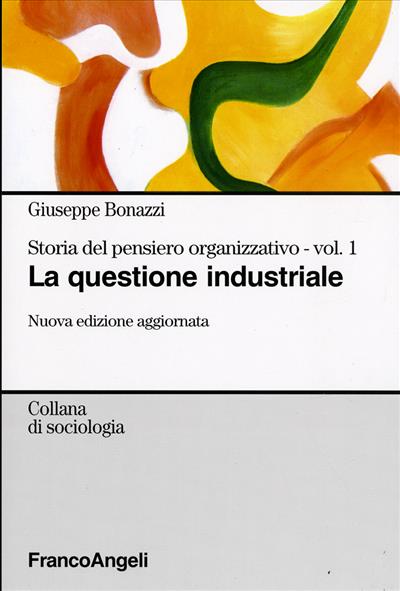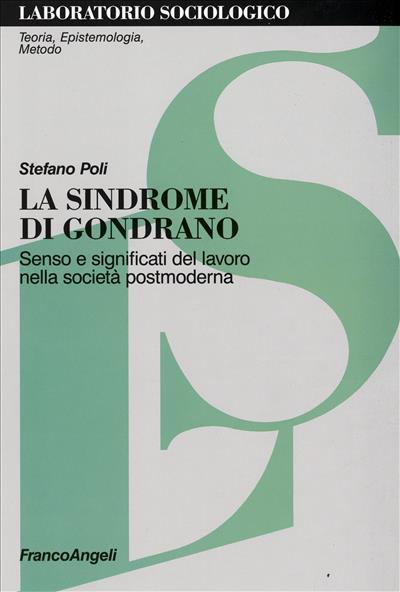
Italy Today 2009.
Social picture and trends
The Report offers an analysis of the most significant socio-economic processes underway in Italy. It shows how Italian society, faced with the crisis, has once again adopted a traditional adaptive-reactive approach. The second chapter deals with some of the most interesting emerged trends, like the impoverishment of the public dimension... The third part deals with key aspects of Italian society: education, the labor market, the public welfare and health system, media and communications, security and citizenry...
Printed Edition
31.50
Printed Edition
31.50
Pages: 256
ISBN: 9788856823837
Edition: 1a edizione 2010
Publisher code: 2000.1290
Availability: Limitata
PDF with DRM
24.99
PDF with DRM
24.99
Pages: 256
ISBN: 9788856826685
Edizione:1a edizione 2010
Publisher code: 2000.1290
Can print: No
Can Copy: No
Can annotate: Sì
Format: PDF con DRM for Digital Editions




